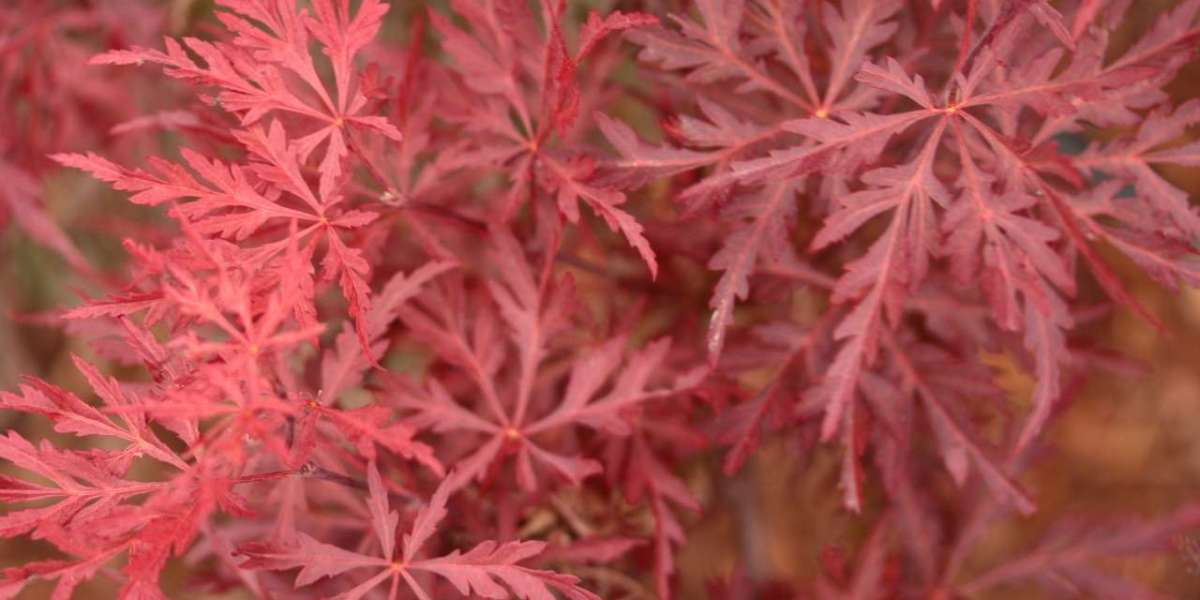A Red Japanese Maple can add a splash of color to any garden. With its deep red, lacy leaves and stunning beauty, it is no wonder that it has become a popular choice among gardeners worldwide. This blog highlights everything you need to know about the Red Japanese Maple, from its origin to its care and maintenance. So, whether you are looking to add some drama to your garden or just want to learn about this stunning tree, keep reading!
Origin:
The Red Japanese Maple, also known as Acer palmatum, is native to Japan, Korea, and China. It is part of the Sapindaceae family, which includes other maple species. In Japan, they call it "momiji," which translates to crimson leaves. The tree has been cultivated for centuries, and hundreds of varieties now exist. The Red Japanese Maple grows up to 25 feet tall, and its leaves can be as wide as 7 inches.
Care and Maintenance:
When planting a Red Japanese Maple, it is essential to provide it with well-draining soil and partial shade. The tree prefers acidic soil and thrives in locations protected from strong winds. Watering and fertilizing also play a role in the plant's health, so it is essential to water it regularly and feed it with organic fertilizer at least once a year. Pruning is also necessary to maintain the tree's size and shape. It is best to prune in the winter or early spring before the tree starts to grow new leaves.
Landscape Design:
The Red Japanese Maple is a popular choice in landscape design due to its vibrant color and shape. The tree is perfect for a centerpiece in a garden or as an accent tree near patios, outdoor living spaces, and walkways. The tree's natural, aesthetic beauty is why it has become a common choice for traditional Japanese gardens. The tree's red leaves will add a striking contrast to the greens of other plants giving the garden an eye-catching appeal.
Varieties:
There are hundreds of varieties of the Red Japanese Maple tree. Each variety has its unique characteristics, such as leaf shape, color, and size. The most common types are the Bloodgood, a tree with dark red leaves even in the summer, and the Tamukeyama, a smaller tree with foliage that changes color throughout the year. Other varieties include the Coral Bark, the Fireglow, and the Orange Dream, among others.
Symbolism:
In Japanese culture, the Red Japanese Maple tree symbolizes the changing seasons and the beauty of life. It also represents the idea of constant change, resilience, and adaptability. The tree's breathtaking beauty, color, and shape blend seamlessly with the Japanese way of life, which focuses on balance and harmony.
Conclusion:
The Red Japanese Maple is a beautiful and stunning tree that has become a popular choice for gardeners worldwide. From its origin to its symbolism, this tree has much to offer that goes beyond its beauty. As seen, the tree requires proper care and maintenance, but it can be an excellent addition to any landscape design, adding a pop of color and beautiful shape. So, whether you choose the Bloodgood, the Tamukeyama, or any other variety of the Red Japanese Maple, its beauty and symbolism will surely leave an unforgettable impression.


